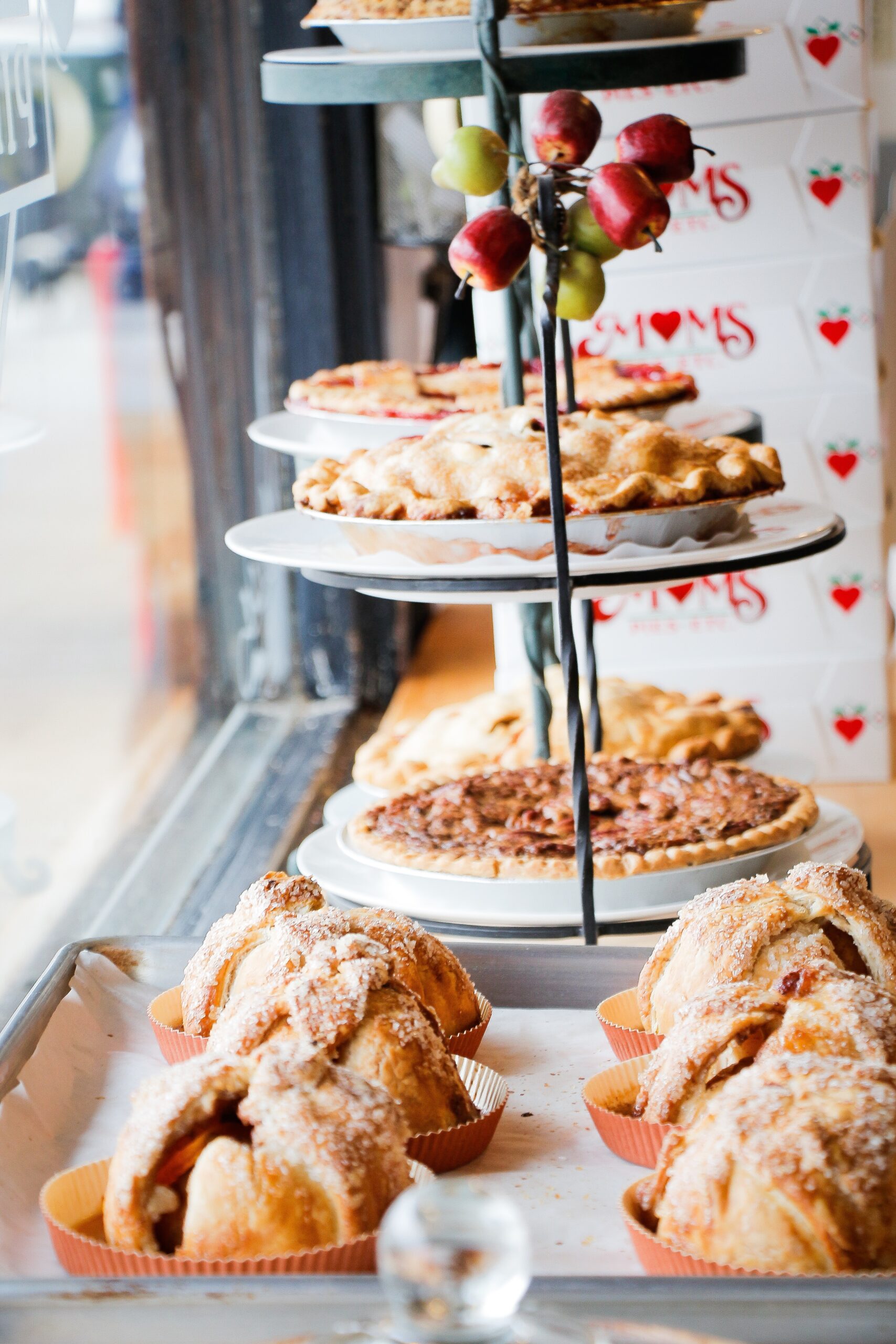At BVA, we work daily not only with stationary gastronomic points, optimizing their functioning, but also support the implementation of new products (food and technological) in the market as part of our
product development service.
How do we carry out such projects? Most often, everything starts with an idea that the client brings to us, followed by a thorough analysis of its potential, based on our knowledge and experience. In this case, it involved introducing a new food product to the Polish market, starting with the HoReCa sector (with its reaction serving as a test for the viability of further actions). According to our initial assumptions, this product was intended for restaurants and cafés, as well as for individual customers.
The first stage of the project was to create a prototype, or more precisely, an MVP (= Minimum Viable Product), which is a product that has reached a sufficient level of readiness for market introduction to gather as much information as possible from potential consumers. The process of creating the prototype began with developing the recipe, considering various flavor variants and competing references and inspirations. We started with a recipe passed down from generation to generation, and the product itself was, and still is, a traditional item often prepared in home conditions. To create an attractive and enticing product, it is essential to ensure its high quality, taste characteristics, as well as choose a trade name. In this case, we had several possibilities, and the final name choice was a compromise between tradition and the specifics of the Polish market. This aspect is often influenced by personal preferences, but selecting the trade name under which the product will enter the market is crucial.



